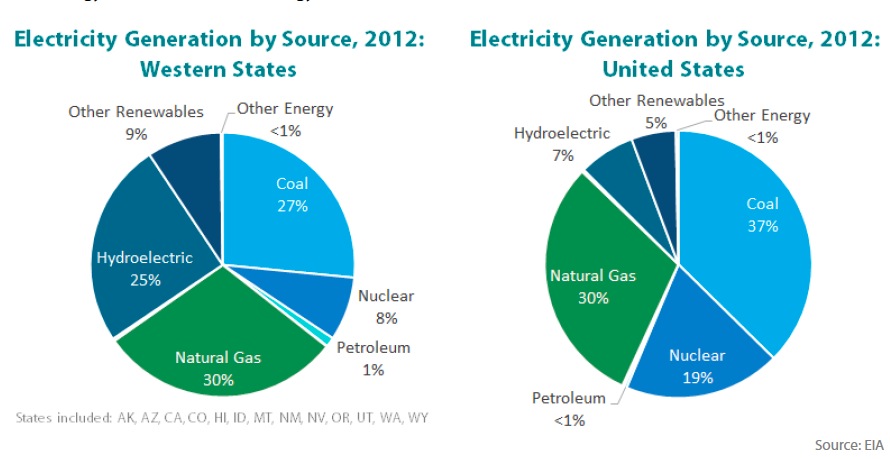
AMERICAN COUNCIL ON RENEWABLE ENERGY
The western United States’ remarkable renewable energy resource availability, supportive policies, and well-developed supply chains have transformed western states into national leaders in renewable energy development. In 2012, the region attracted about half of the country’s combined venture capital, private equity and asset finance investment in the renewable energy sector, and produced approximately 31% of its total energy generation from renewable energy sources – compared to roughly 12% nationally (sources: Bloomberg New Energy Finance (BNEF) and Energy Information Administration (EIA)).












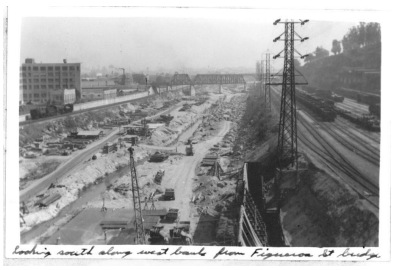
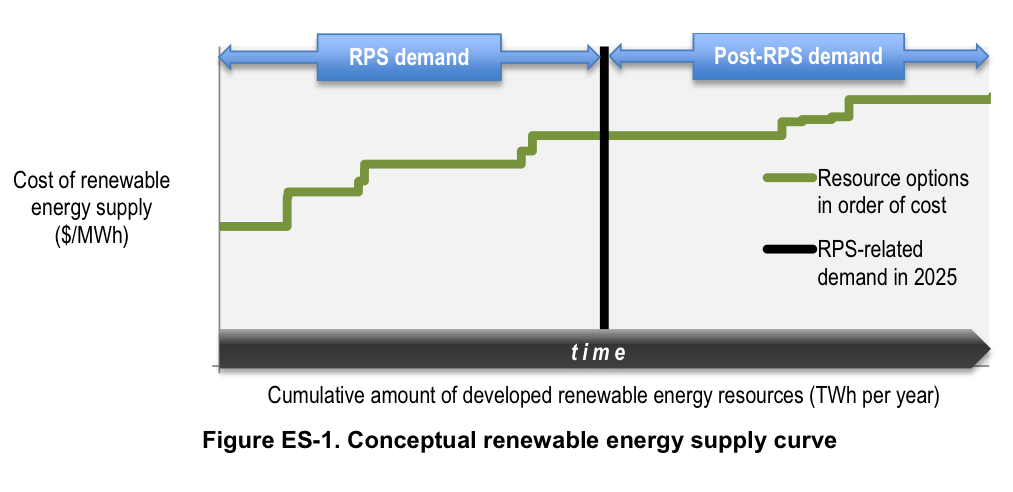

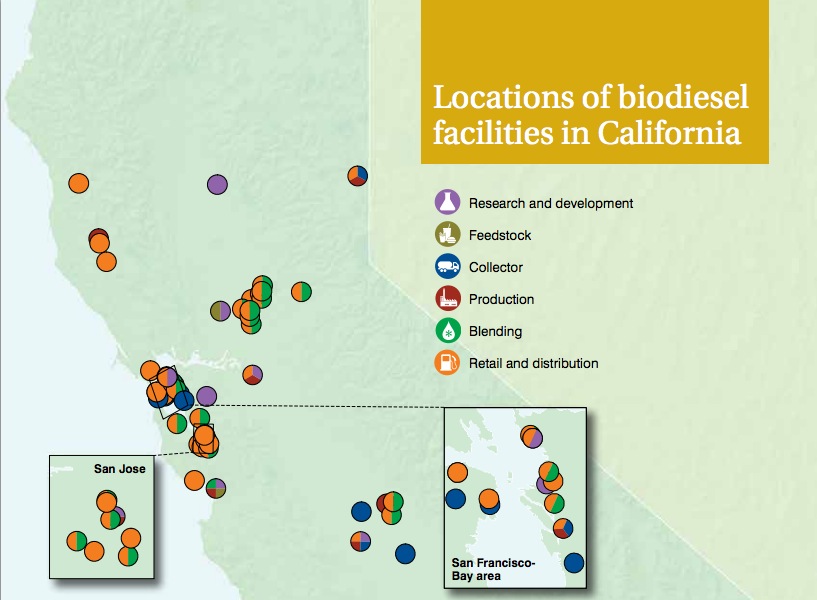

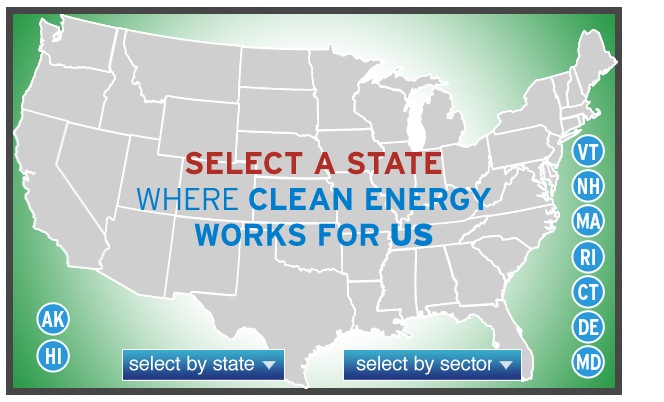


 RSS Feed
RSS Feed